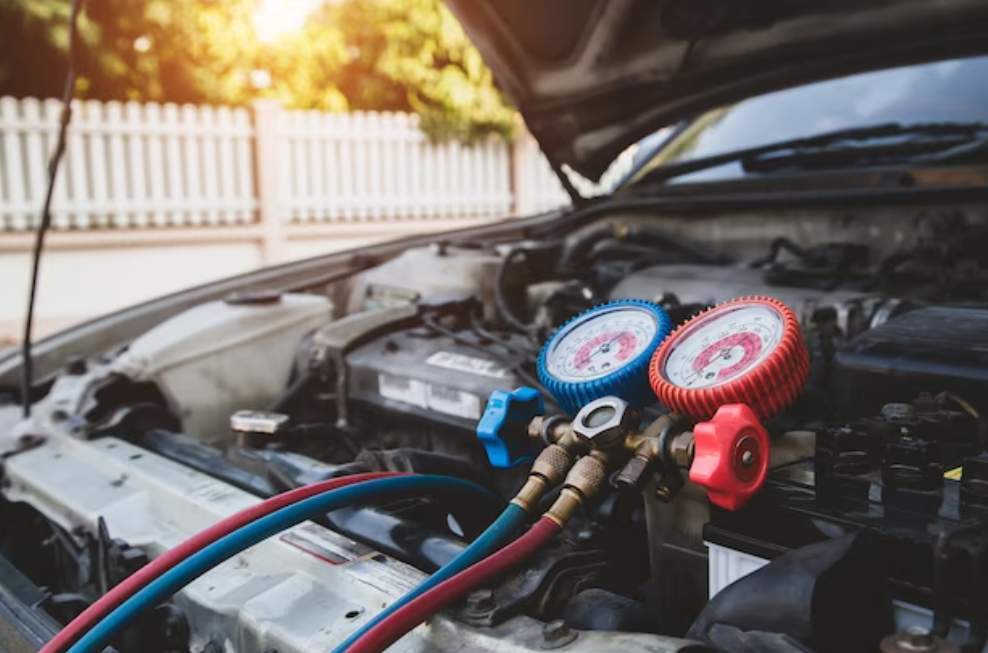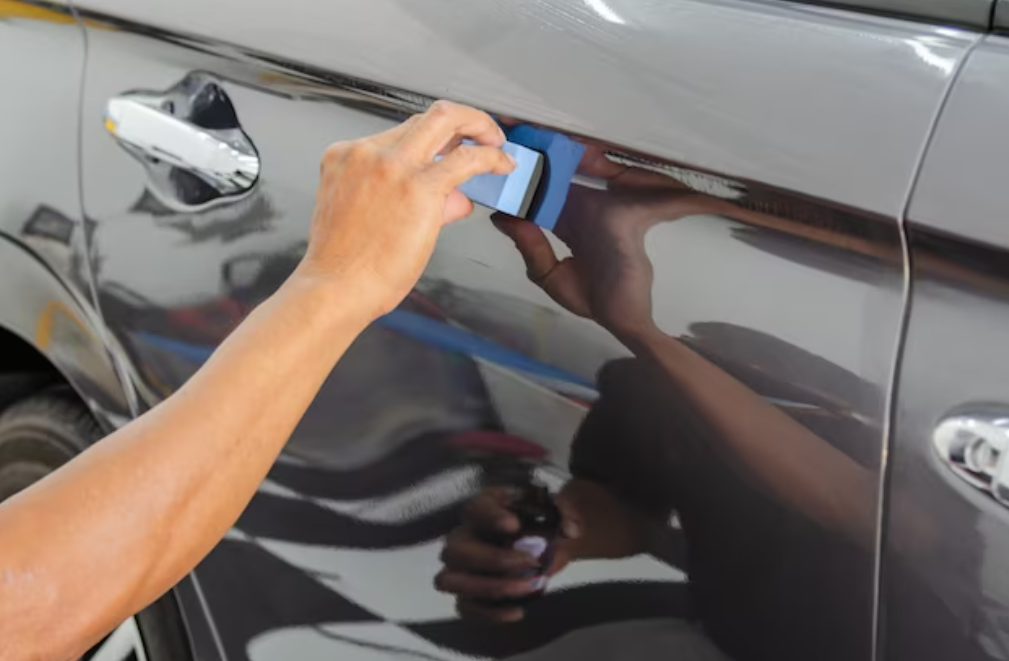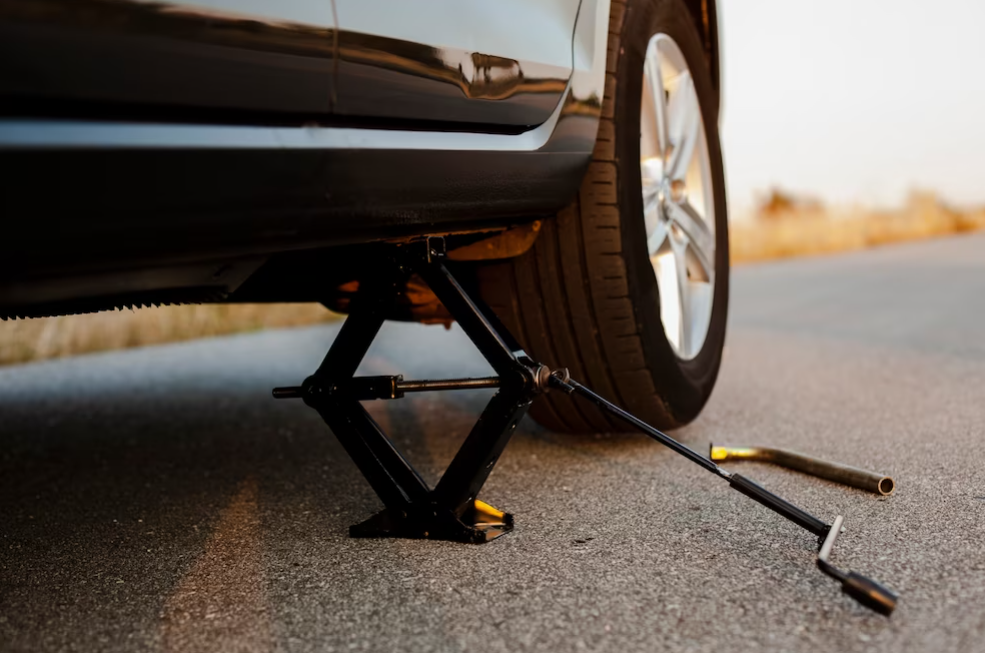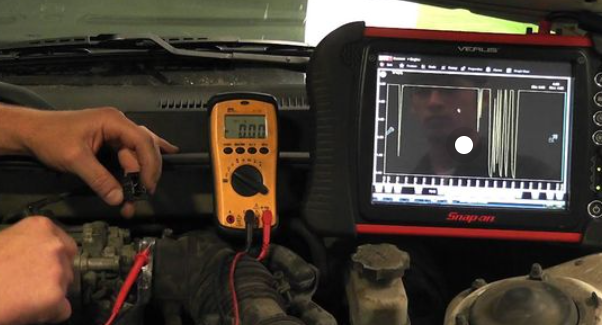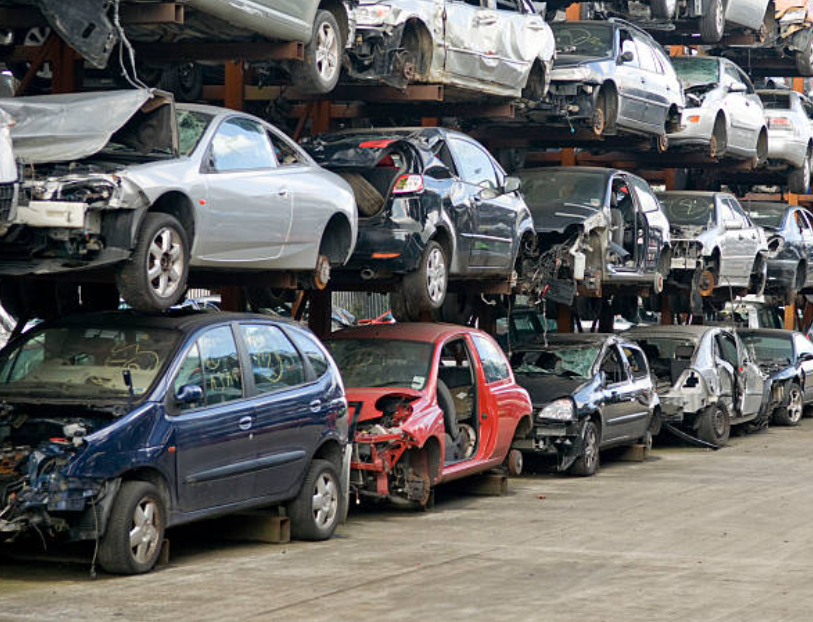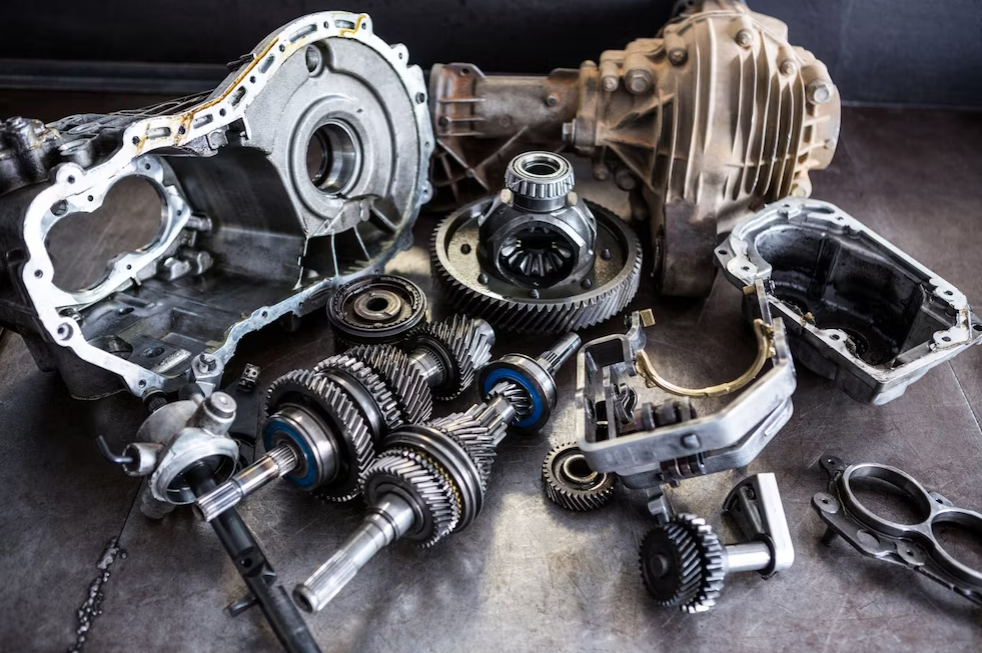How To Safely Dispose Of Car Batteries?
Car batteries have always been a waste management problem, but between environmental laws and better recycling processes, it has never been easier to make sure that car battery materials are properly recycled.
In this guide, we’ve put together this complete guide on how to safely dispose of car batteries to help you better understand all your options and what you should do to prepare all the dead batteries you might have. By following these steps, you can play a role in safeguarding the environment while responsibly disposing of car batteries. Let's dive in and learn how to handle this task effectively.

Why Is It Crucial To Properly Dispose Of Car Batteries?
Lead, acid, and other dangerous substances are present in car batteries and can harm the environment if improperly disposed of. These toxins can seep into the ground and water supplies when automobile batteries are not disposed of correctly, posing a risk to public health.

To safely dispose of an old car battery, it is vital to know how to identify it. The date code on the battery should be checked first. This will provide you with the battery's manufacturing date. Car batteries often last three to five years, so if yours is older than five, it is probably time for a replacement.
Checking your car for wear and tear signs is another technique to determine how old your battery is. Inspect the battery enclosure for cracks or leaks, the terminals for corrosion, and if the engine starts weakly or slowly.
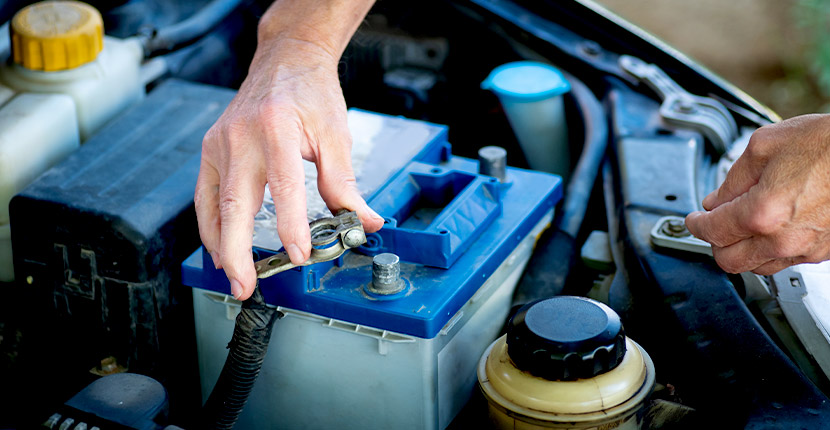
1. Begin by ensuring that your car's engine is turned off, and then locate the position of the battery. If the battery isn't found where you'd typically expect it, such as under the hood, refer to your owner's manual for guidance.
2. Identify the positive (red) and negative (black) terminals of the battery, and if necessary, remove the protective caps covering them.
3. Use a wrench, usually of 10 mm size, to loosen and detach the negative cable clamp first. The negative cable is typically black and marked with a ‘-’ sign on the terminal.
4. Repeat the same procedure for the positive clamp. The positive cable is usually red and marked with a ‘+’ sign on the terminal.
5. Release the clamp securing the battery in place by unscrewing the nuts or bolts holding it. Take care to prevent any parts of the clamp from falling into the engine bay. A socket wrench is commonly used for this task.
6. Inspect the battery for any signs of leaks to ensure safe handling during removal.

7. Lift the battery straight out of the engine bay, ensuring it remains level at all times.
8. Place the battery inside a durable bag, ensuring it doesn’t rest on its side.
9. Transport the battery to an appropriate disposal or recycling facility, such as a site with hazardous chemical disposal services, a metal recycling center, or an automotive parts store.
Here are some tips to help you dispose of a car battery effectively and safety:
- Car batteries typically weigh between 30 and 50 pounds, so ensure you brace yourself adequately before lifting them out of the engine bay. If you need assistance with height, consider using a stepping stool for better leverage.
- Certain metal recycling facilities may offer cash in exchange for your used battery.
- Avoid simultaneous contact of your wrench with both the negative and positive terminals, as this can generate sparks and potentially lead to battery explosions.
- When purchasing a new battery, you usually incur a 'core charge'; however, returning your old battery to the retailer can result in a refund of this charge.
- If you don't require a replacement battery, many auto parts stores, such as AutoZone, may provide a gift card in exchange for your old battery.
- Metal recycling facilities often compensate for old batteries since the lead content holds value.
- Opt for hazardous chemical pick-up and drop-off points as a last resort for disposing of your old battery, as they typically yield the lowest return.
- Some clamps may necessitate the use of two wrenches for disconnection, as they're secured with nuts on both ends. Consider borrowing an additional wrench if needed.
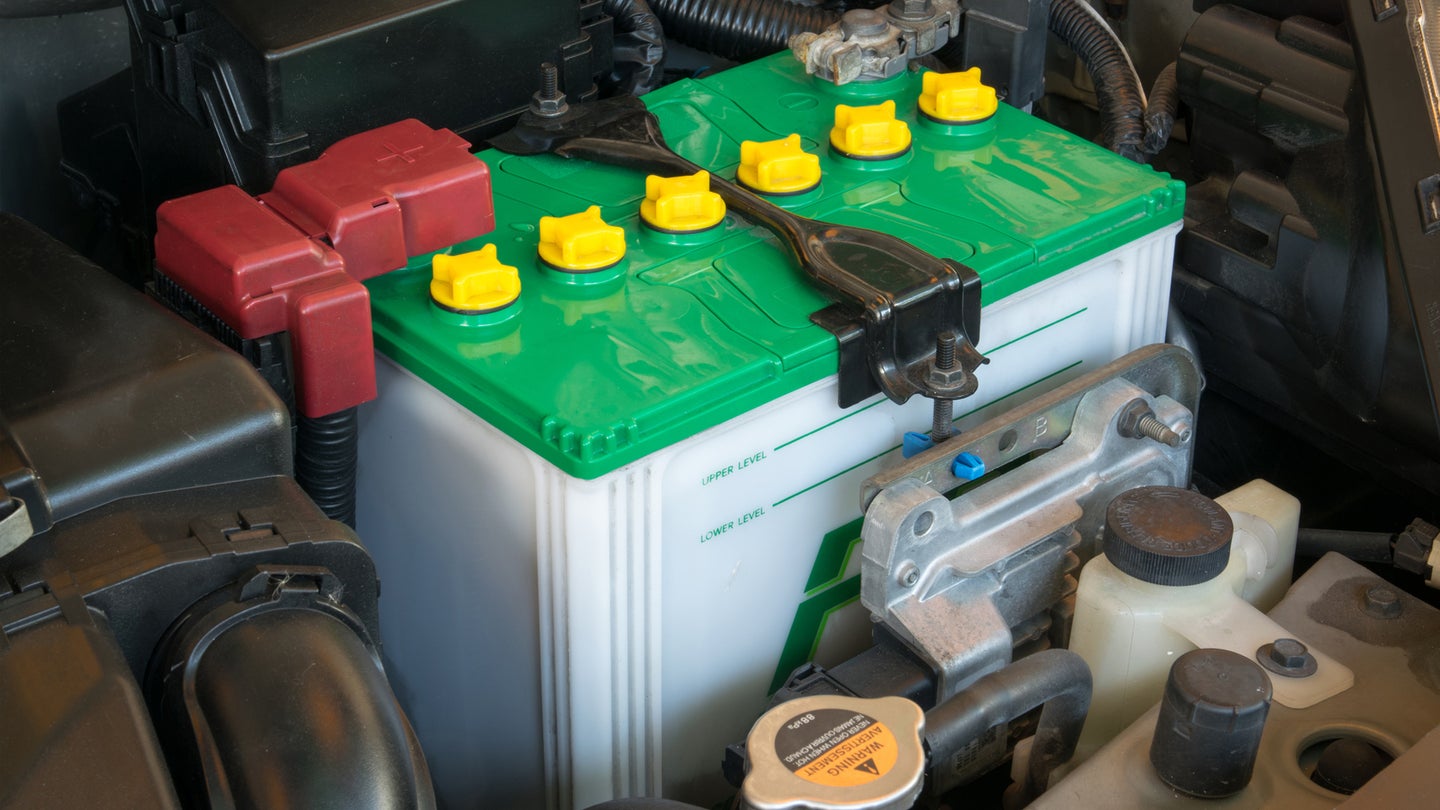
Can I dispose of my car battery myself?
No, it's essential to have your car battery safely disposed of by professionals. Avoid placing it in regular waste bins and instead take it to a recycling center like Halfords.
Where can I take my old car battery?
Bring your old car battery to any Halfords store for safe recycling. We also offer a range of car batteries suitable for various vehicle models, easily identifiable using our battery finder tool by entering your registration.
What's the main safety concern with batteries?
Battery damage and disposal pose significant risks. Damaged batteries can overheat and ignite spontaneously. Regularly inspect batteries for damage and refrain from using damaged ones.
Why are old car batteries valuable?
Despite not functioning properly, old car batteries contain valuable lead. Many companies are willing to pay for lead, making old batteries valuable commodities.
How much can I get for an old car battery?
The value of your old battery depends on its weight and the current lead price. Contact your local scrapyard or auto parts store for an estimate or visit them to inquire about compensation, possibly in the form of a gift certificate.
After considering the provided details, you should now understand the most effective method for disposing of any old car batteries in your possession. It's crucial to prevent these batteries from reaching landfills and harming the environment further, so it's your responsibility to ensure they are recycled appropriately. Utilizing our guide is the simplest way to achieve this.
Click on the following link to read another blog post: How To Get A Title For Your Car?



